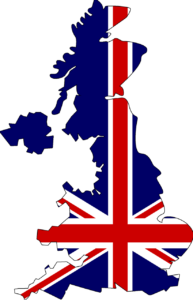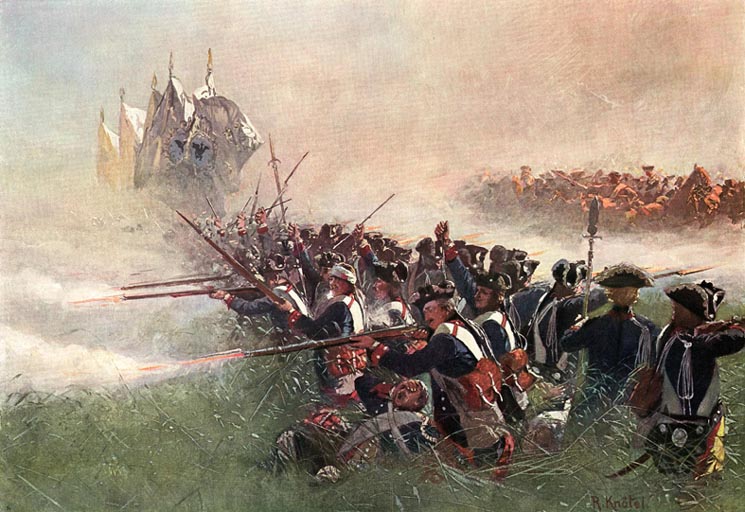
Background
To understand the Third Carnatic War, let’s first know its context. In October 1754, the French East India Company replaced Governor Dupleix and handed over the leadership of the company to M Godeheu. Godeheu worked in India for a brief period of time. He returned from India within four months, with the only important contribution of his tenure being the Pondicherry peace treaty between the British and the French EIC. After Godeheu, Leyrit arrived in India in 1755 to take over command of the French firm. Leyrit lacked administrative and diplomatic ability and thus had little chance against the British East India Company.
Seven Years’ War in Europe
The Seven Years’ War began in Europe in 1756, bringing France and Britain face to-face once more; naturally, the impact of this war could be observed in India.
The third fight began on March 23, 1757, with the British attacking and capturing control of the Chandernagar factory. Chandernagar is in the Bengal province. According to some historians, the first director of the French East India Company purchased this land for the Chandernagar factory in 1688 for 40,000 coins from the Mughal Subedar. Slowly, Chandernagar became the French East India Company’s most important commercial zone. However, the British East India Company demolished this Chandernagar factory and took possession of it.
Following the raid, the French authorities recognised that Leyrit was failing to manage the situation. Therefore, the French East India Company withdrew Leyrit and appointed Lally as the new French governor in 1758. He was a capable and bold man for the post of governor. When he landed in India, Lally first attacked and conquered the British Fort St. David in Cuddalore. Lally’s next objective was to capture Madras’ Fort St. George.
In any battle, in addition to the loss of lives and property, there is significant financial loss on both sides. The British East India Company was financially stronger than the French Company because, following the Plassey War in 1757, the British were reaping significant benefits from the Bengal and Carnatic regions, as well as from hefty revenue collection. Despite the French East India Company’s dire financial situation, Lally took the risk of sieging Madras. The British Company dispatched troops from St. William of Calcutta to preserve Madras. Because Lally was not prepared for it, he was forced to call off the siege of Madras.


The Battle of Wandiwash
The British East India Company planned to teach Lally a lesson in order to prevent the French company from rising again. The British and French EICs met at Wandiwash on January 22, 1760. The Battle of Wandiwash is the name given to this conflict. Wandiwash, which means “venerable,” is located in Carnatic, around 110 kilometers from Madras.
In this war, Sir Eyre Coote led the British East India Company, while Lally led the French East India Company. This war was a disaster for the French company. Following this, the British East India Company seized control of the French company’s key commercial locations such as Pondicherry, Mahe, and Karaikal. Lally was imprisoned. The French East India Company was utterly annihilated in India, and the French company was no longer worthy of re-establishment. The Battle of Wandiwash established the British as the dominant European force in India.

The end of seven-year war
In 1763, Europe’s Seven Years’ War came to a conclusion, and a peace treaty known as the Treaty of Paris was signed in Paris by European countries. This accord also halted the Third Carnatic War in India as a result of this accord, and it was agreed that whoever took each other’s territory outside of Europe would be returned. This deal returned to the French companies in Chandernagar, Mahe, Pondicherry, and Karaikal. Simultaneously, the French company was told that they could no longer fortify any forts or maintain their troops there. The British East India Company permitted peaceful trade with the French East India Company. Thus, following the Third Carnatic War, the British East India Company governed India to a large extent, marking the beginning of India’s transformation into a British colonial power.
The Third Carnatic War was very decisive in establishing the course of Indian history, the French East India Company’s power in India was nearly wiped out, and the British East India Company was able to establish a permanent presence in the country.
